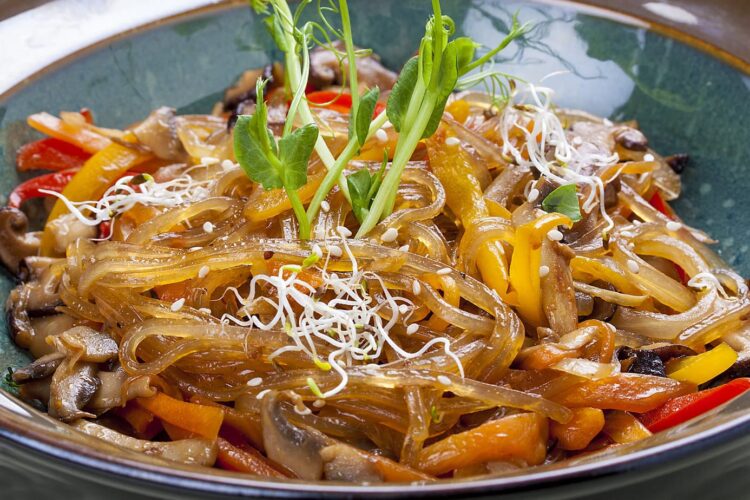What are glass noodles?
It’s a curious sight to see those long, transparent strands on a plate. Glass noodles—also called “cellophane noodles”—are true to their name: once cooked, they become as clear as glass.
That said, most types of glass noodles aren’t transparent in their dried form. They look like long white noodles, and some varieties can be brown or gray depending on the starch used.
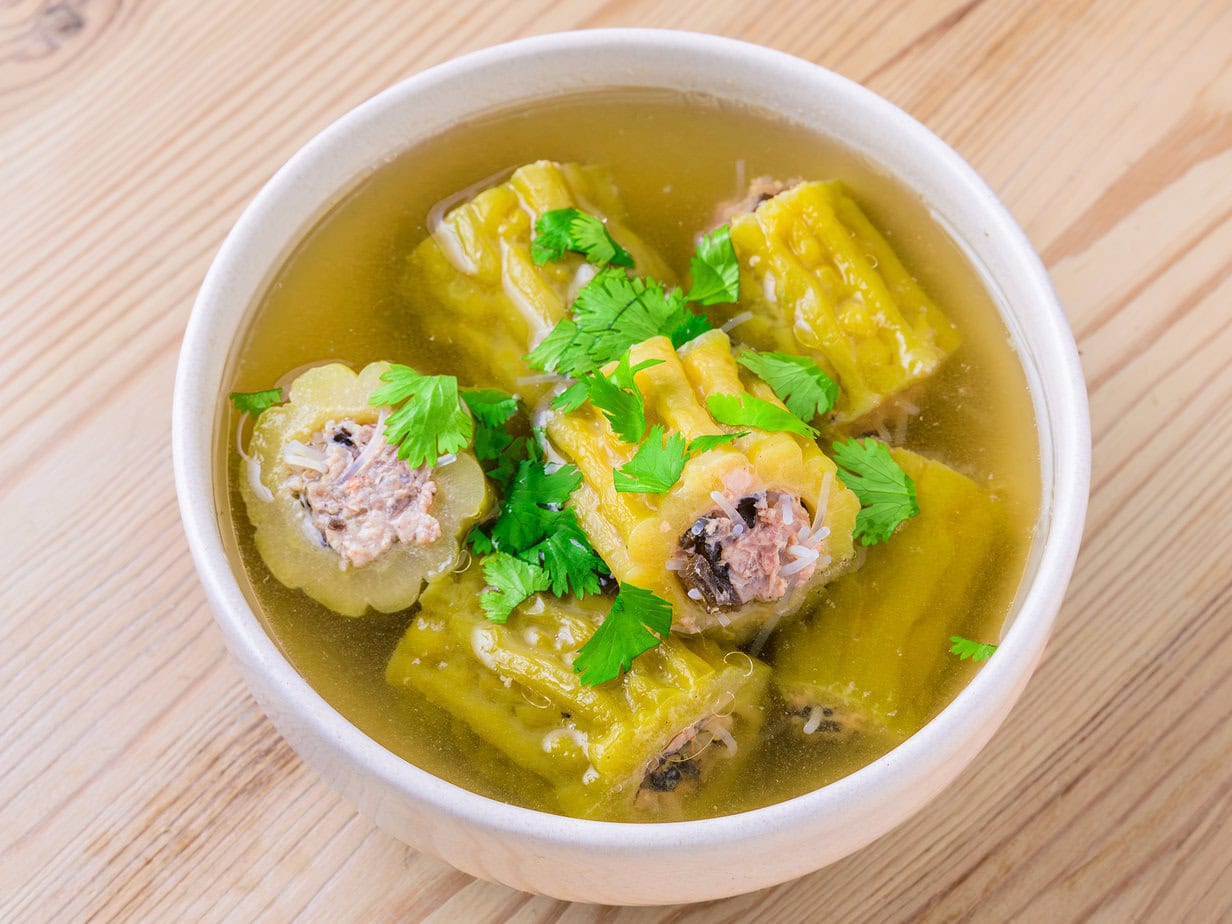
They’re most commonly made with mung bean starch or sweet potato starch, depending on the region.
Mung bean starch is mixed with water to form a dough, which is then stretched and pressed through a sieve. Like konjac noodles, glass noodles readily soak up the flavors you pair them with. They’re easy to cook and adapt to all your noodle dishes.
Origin of glass noodles
Noodles are said to have been around for more than 4,000 years. Many Asian regions have made them their own, but they originally come from Chinese cuisine. Today, it’s hard to pinpoint the exact birthplace of this ingredient. You can find glass noodles across Asia—in Japanese cuisine, Thai cuisine, and even Korean cuisine.
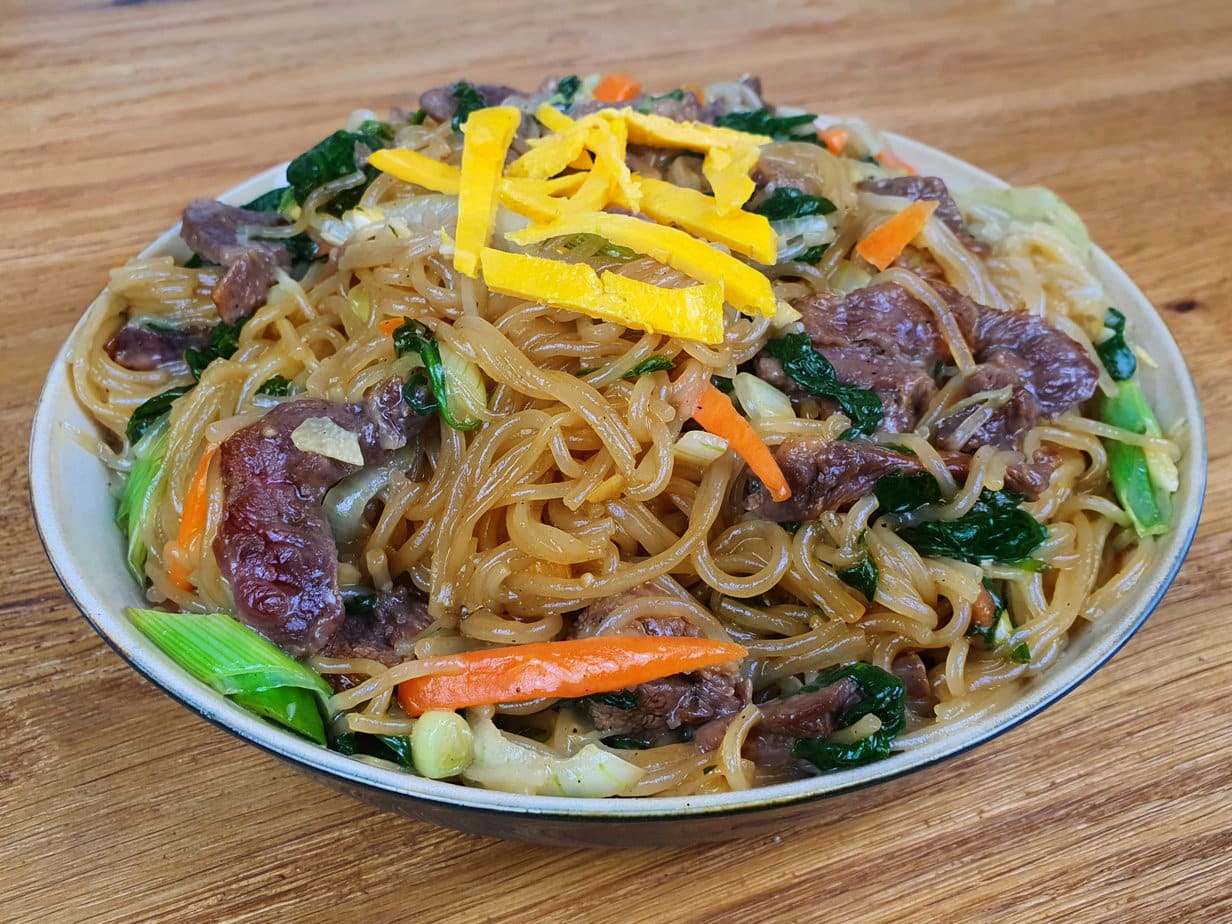
Glass noodles vs. rice vermicelli: what’s the difference?
One key difference: glass noodles are made with mung bean or sweet potato starch (as in the Korean jjimdak, for example), whereas rice vermicelli are rice-based, as the name suggests. Rice vermicelli are also a much more opaque white.
They’re fairly similar nonetheless, and you can cook them in much the same way.
Cooking with glass noodles
Beyond being very easy to cook, glass noodles are great served hot or cold.
In soups, hot pots, and stir-fries, they’re satisfyingly filling. You can also use them raw as a garnish in salads. Pair them with bold ingredients such as peanuts, lime, and cilantro.
Glass noodle recipes
Glass noodles soak up flavors and make them shine. For inspiration, try my Pad Thai recipe or quick peanut sauce noodles. Another option: fry the noodles to make them extra crispy.
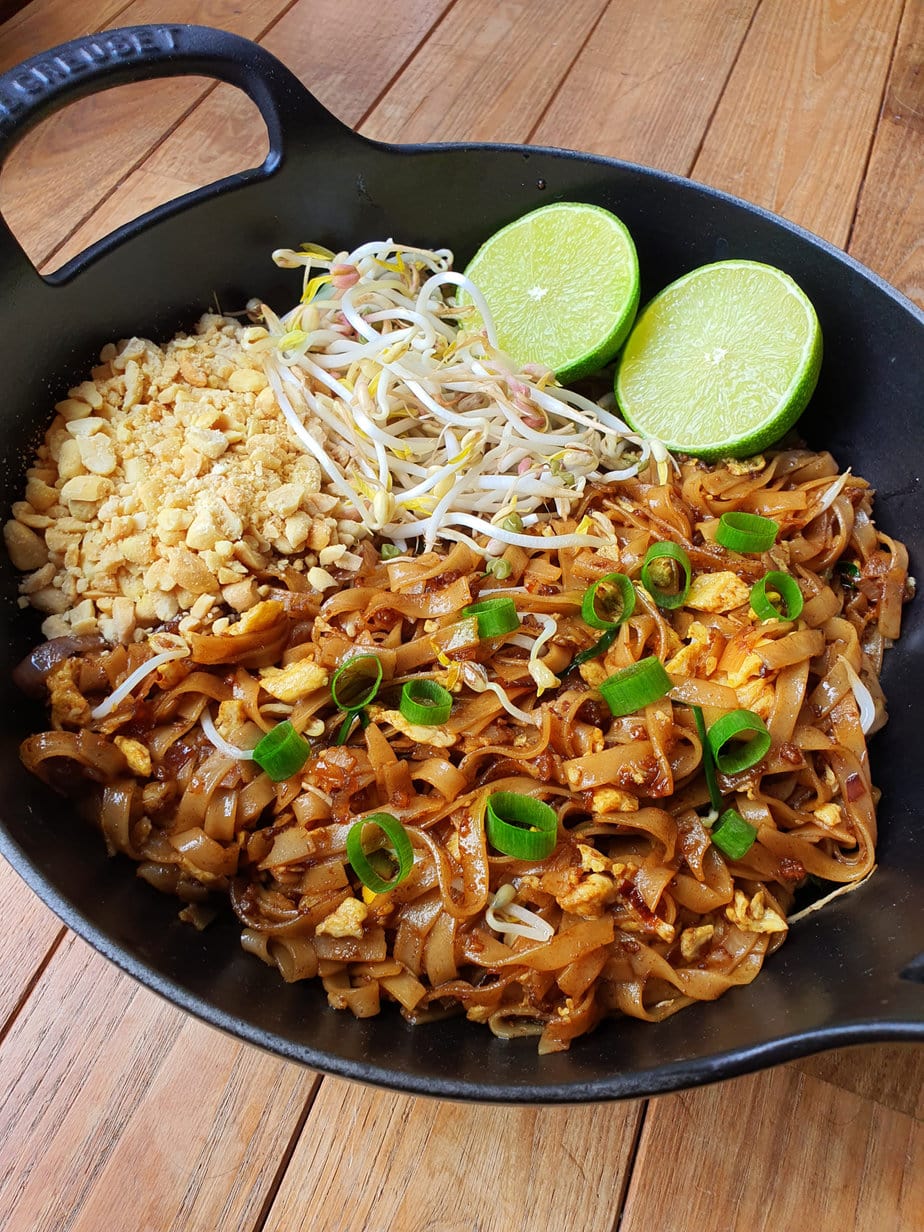
The taste of glass noodles
Glass noodles don’t have a distinct flavor. They’re quite neutral—and very versatile. On their own they can be bland, but they keep their signature chewy, silky texture. Pair them with bolder flavors to unlock their full potential.
In a broth (try dashi!), they turn tender, slightly gelatinous, and delicious. Play with textures too; don’t hesitate to stir-fry them for extra crispness. For a quick, savory snack, simply stir-fry them with soy sauce for a boost of umami.
Nutrition and benefits of glass noodles
Don’t be fooled by their light appearance. Contrary to what you might think, glass noodles aren’t necessarily healthier than other noodles.
They also contain a high percentage of carbohydrates, which is why they’re so satisfying. While they aren’t rich in fat or protein, glass noodles can be a good ally for athletes who need energy.
Where to buy glass noodles?
It’s rare to find glass noodles in mainstream supermarkets. They’re easier to find in Asian grocery stores, where they’re also called “cellophane noodles” or “Chinese vermicelli.” You’ll find a wide range of varieties there.
How to store glass noodles?
Like all noodles, store them in a cool, dry place. Ideally, transfer them to a jar or airtight bag and keep them away from moisture. They’ll keep well for several months.
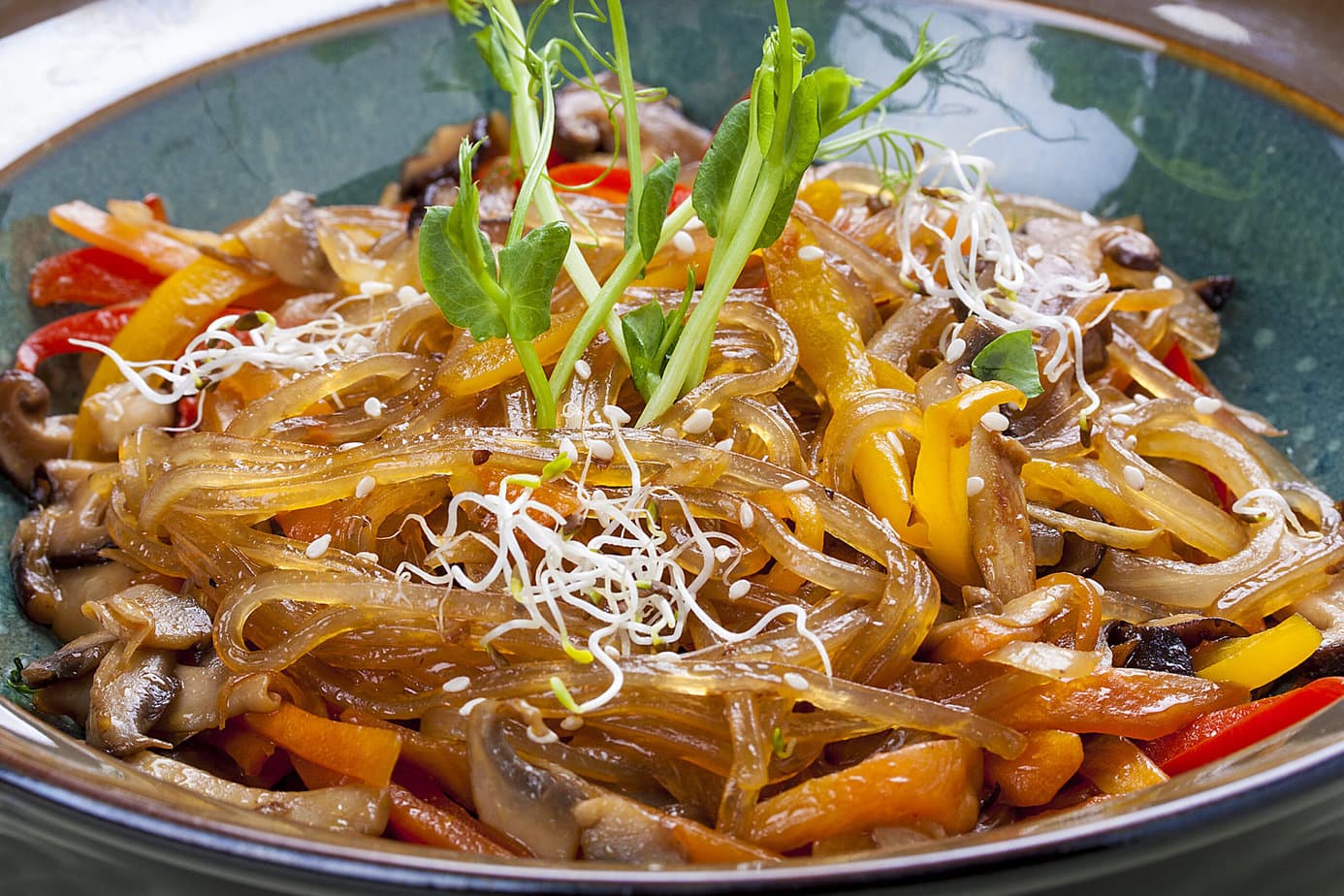
Ingredients
- 50 g glass noodles (dry weight), cooked according to package directions
- 1 garlic clove, minced
- 1 carrot, peeled and thinly sliced
- 5 mushrooms, sliced
Sauce
- 1 tablespoon light soy sauce
- 1 teaspoon sugar
- 1 teaspoon white rice vinegar
Instructions
- Heat a little oil over high heat; stir-fry the garlic for 2 minutes.1 garlic clove, minced
- Add the carrots and mushrooms and stir-fry for 5 minutes.1 carrot, peeled and thinly sliced, 5 mushrooms, sliced
- Add the noodles and stir-fry for 2 minutes, then add the sauce.50 g glass noodles (dry weight), cooked according to package directions, 1 tablespoon light soy sauce, 1 teaspoon sugar, 1 teaspoon white rice vinegar
- Stir-fry for 2 minutes more, then serve.
